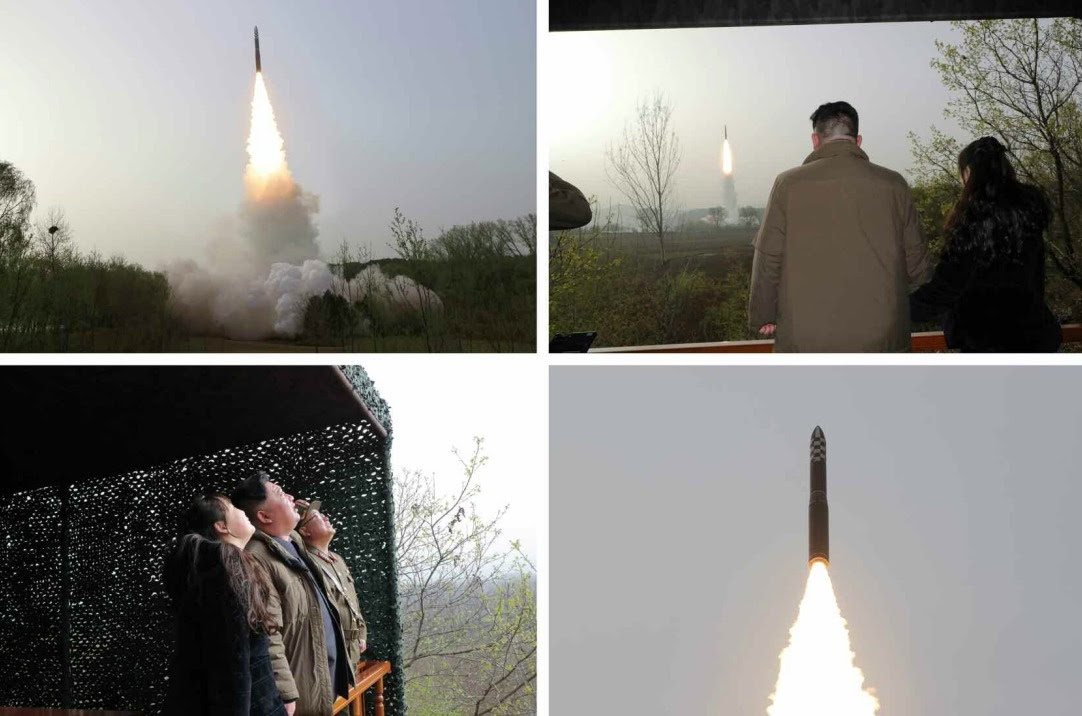STRATCOM commander Adm. Richard’s 4/20 testimony, as prepared: armed-services.senate.gov/imo/media/doc/…
I may have missed it, but this seems like a notable elucidation of the “operational requirements” behind the W93 (lower mass for ease of handling, apparently). 

(Aside: I guess we’re now in an era where STRATCOM testimonies place the paragraphs on Chinese capabilities ahead of the paragraphs on Russian capabilities.)
On Russia. Not so different from post-2018 NPR STRATCOM testimony on these issues; continued focus on NSNW capabilities as evidence of “readiness to rely on these weapons in a conventional overmatch situation.” (Also, “overmatch”? Really?) 

A curiously short section on North Korea (which is not described as a strategic deterrence challenge, FWIW). 

In case anyone was wondering, no, we still don’t have a name for GBSD. (Spongey McSpongeface is still up for grabs!) 

This is not in the prepared testimony, but seems to be a way to communicate to ICBM opponents that scrapping the ground leg could result in scary/bad practices returning. (And a new talking point in this debate, I think?)
https://twitter.com/beverstine/status/1384510237198086146
Back to China: Adm. Richard says “increasing evidence
suggests China has moved a portion of its nuclear force to a Launch on Warning (LOW) posture.”
suggests China has moved a portion of its nuclear force to a Launch on Warning (LOW) posture.”

• • •
Missing some Tweet in this thread? You can try to
force a refresh
















